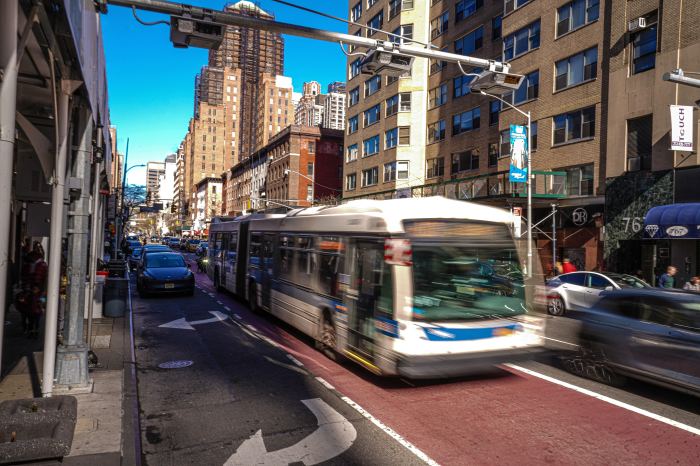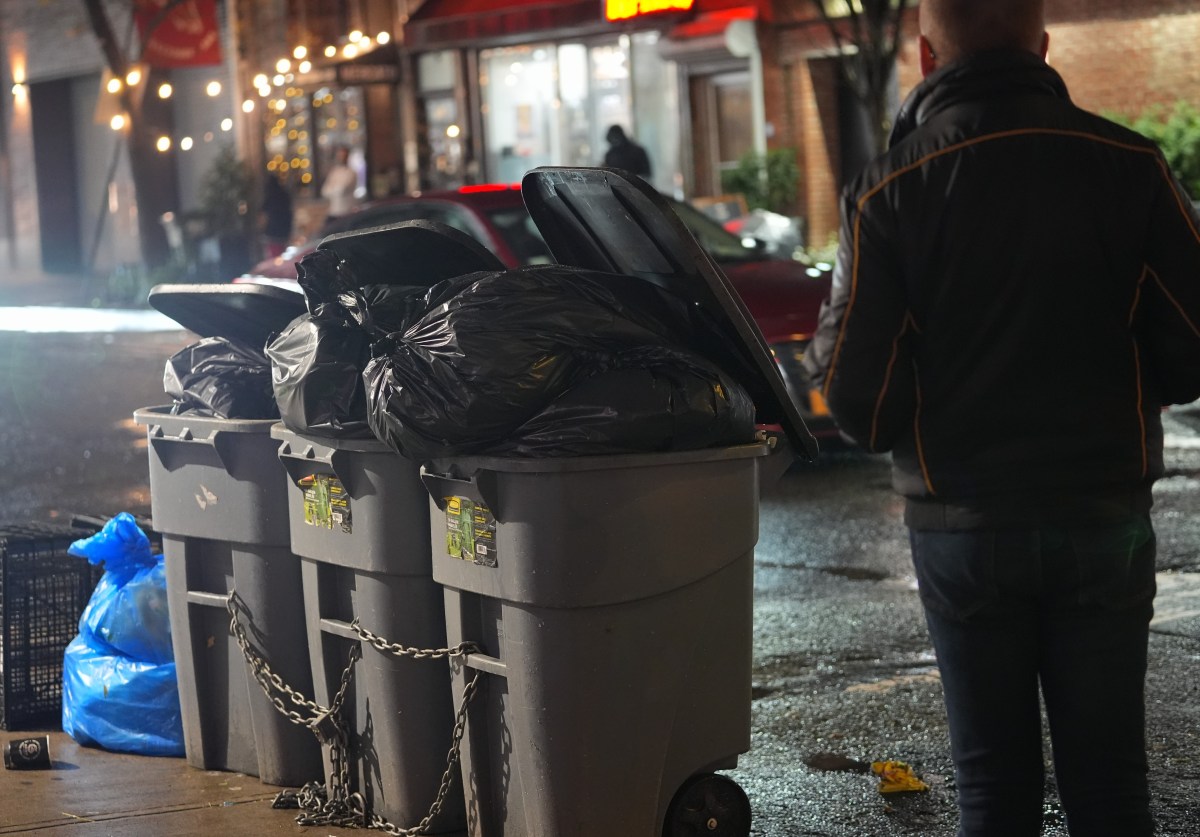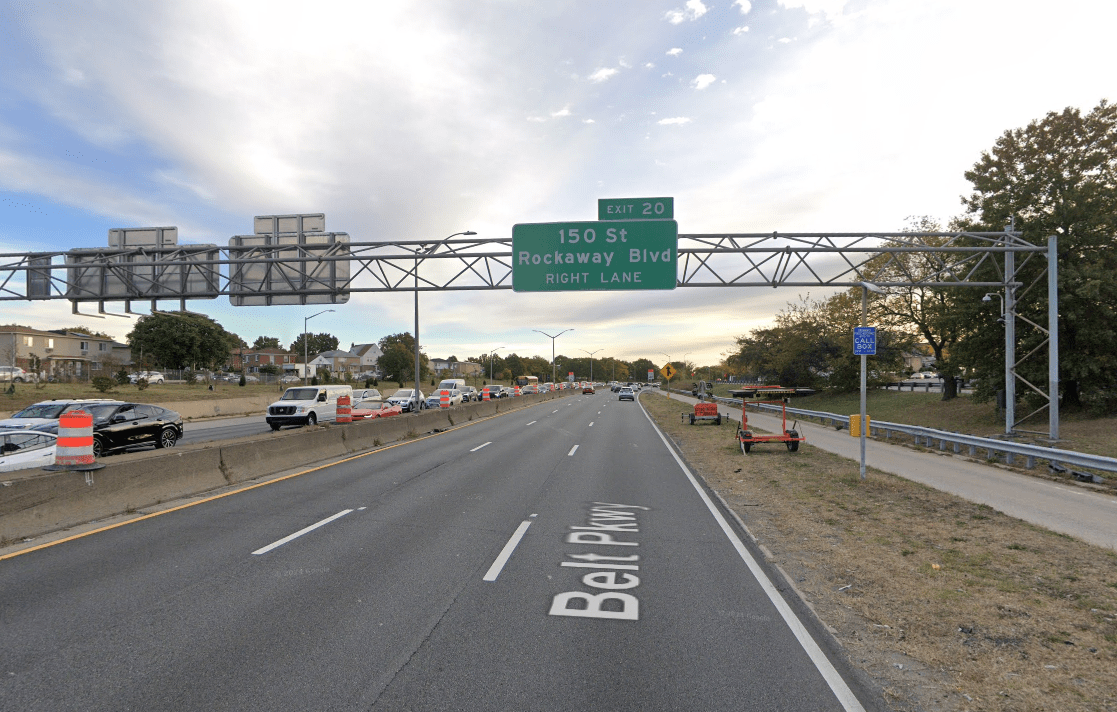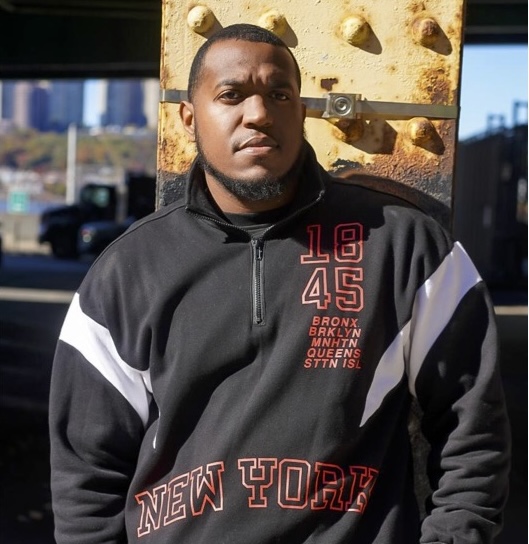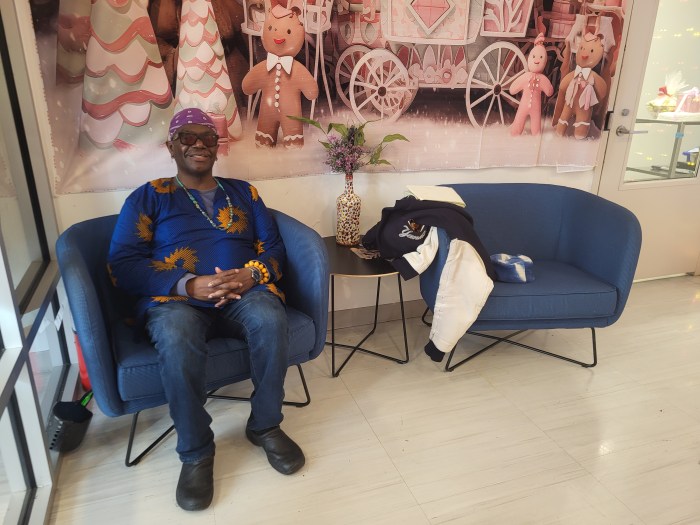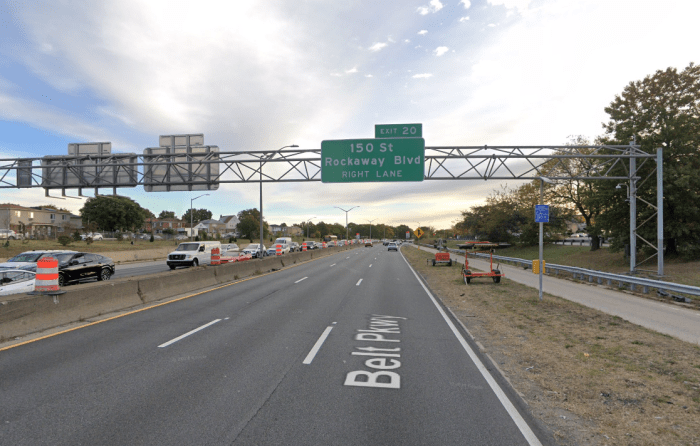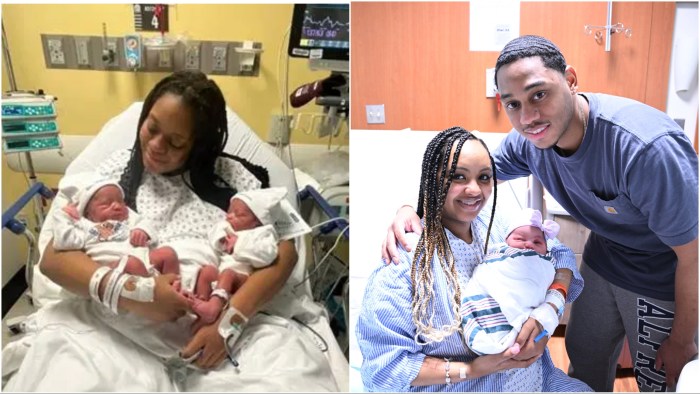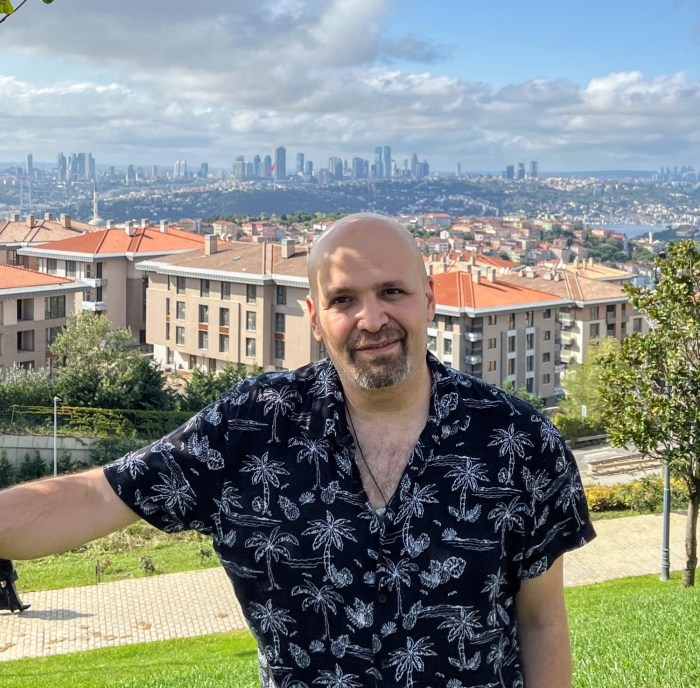MTA Transit president Andy Byford took questions about subway performance on Twitter on Thursday morning, and promised to hold regular tweet-chats to hear riders’ complaints and answer questions.
Using the hashtag #AskNYCT, Byford, along with the MTA’s new chief customer officer Sarah Meyer, answered questions from the MTA’s Rail Control Center via the agency’s official @NYCTSubway handle.
Byford fielded several off-topic questions such as his favorite band (the Smiths), whether he roots for the Yankees or Blue Jays (Yankees, even though he came from Canada), while also addressing some of the more contentious issues around subway performance.
Liam Jeffries, tweeting as @Ljeff1000, asked if there were plans to install elevators by the 4, 5, 6 lines in Union Square. Byford promised that “I’ve made this an immediate priority of my tenure and initiated a survey of all remaining inaccessible stations to establish how much it would cost to make the whole network accessible. Union Square will be included within this exercise.” Just about one quarter of the MTA subway system, roughly 112 stations, are compliant with the Americans with Disabilities Act.
I share your concern about costs being too high. We are working on a complete overhaul on our procurement processes. The Chairman has set up working groups to implement change quickly and thoughtfully. #AskNYCT ^AB https://t.co/oicdgIldaE
— NYCT Subway (@NYCTSubway) March 29, 2018
We're working very closely with NYPD and with @MTAPD to increase the visibility of police in our system. One element of my soon-to-be-released modernization plan will be steps to make the system even safer and more secure. #AskNYCT ^AB https://t.co/hoPauvGQWv
— NYCT Subway (@NYCTSubway) March 29, 2018
I think it's great that our city has 24/7 service, and there are no plans to change that. That said, if we are to resignal the subway, which we must, we will need to suspend service on occasions to allow work to take place. #AskNYCT ^AB https://t.co/0Rl3my8PZG
— NYCT Subway (@NYCTSubway) March 29, 2018
Hi Karina, trains are maintained on a regular basis, including overnight monthly and annual inspections. We've stepped up our door and other mechanical inspections to make trains more reliable. They should certainly not be entering service with mechanical defects. #AskNYCT ^AB https://t.co/uXMQ18yHP8
— NYCT Subway (@NYCTSubway) March 29, 2018
Hi Sarah. Ideally, we would do that, but there's a limit to how much work can be done during the shutdown. Some accessibility work will be done, and I have initiated a survey of the remaining inaccessible stations as I want to make them all accessible. #AskNYCT ^AB https://t.co/LXgwJVlKVA
— NYCT Subway (@NYCTSubway) March 29, 2018
MetroCards have served us well, but are now old technology. For that reason, we are migrating to contactless payment whereby you can pay for fare using your phone or a credit card. In the meantime, we're looking at ways to speed up refunds or card replacements. #AskNYCT ^AB https://t.co/jMhx8MZEI4
— NYCT Subway (@NYCTSubway) March 29, 2018
The challenge we face is tackling decades of underinvestment that is manifesting itself in poor subway reliability. For this reason, a huge amount of work is being undertaken at quieter periods, but we try to balance this to still provide service. #AskNYCT ^AB https://t.co/UU2BCnmO05
— NYCT Subway (@NYCTSubway) March 29, 2018
Nice try, Brad. You don't trap me that easily. I'm a New Yorker now. Go Yankees. #AskNYCT ^AB https://t.co/Ur26tTsalV
— NYCT Subway (@NYCTSubway) March 29, 2018
Someone with the handle @UWS_cyclist asked Byford why the MTA works on so many lines on the weekends simultaneously “instead of concentrating the work, and workers, on fewer lines? That way, fewer riders would be inconvenienced, and work on lines would get done faster. Thanks.”
Byford said while he doesn’t like shutting down lines, “it’s necessary if we are to get the subway reliability back to where it needs to be. We will continue to ensure that viable alternatives are provided.”
When asked, Byford said he had reviewed the plan to shut down the L train between Manhattan and Brooklyn — slated to start in April 2019 and last for 15 months to make repairs on the Superstorm Sandy damaged tunnel — but admitted it would be a “huge challenge.”
“That said, there is still time to refine the plan, and we are working closely with the City and NYPD to provide smooth service throughout the closure,” he wrote.
Byford also addressed issues like homelessness in the subway system, elevator maintenance, and replacing the MetroCard with contactless payment methods.
Byford, who joined the MTA in January, held similar sessions in Toronto where he was the head of the Toronto Transit Commission. Next month, Byford will field questions on bus and Access-A-Ride service. Other Transit officials also will host subsequent sessions, according to the MTA.
With Vincent Barone






